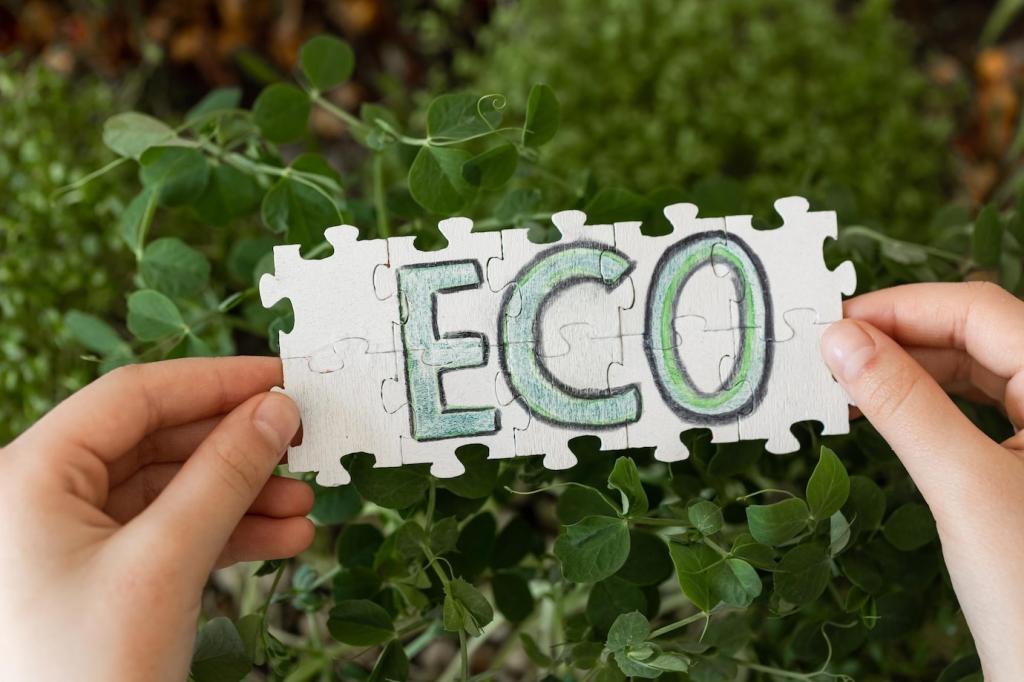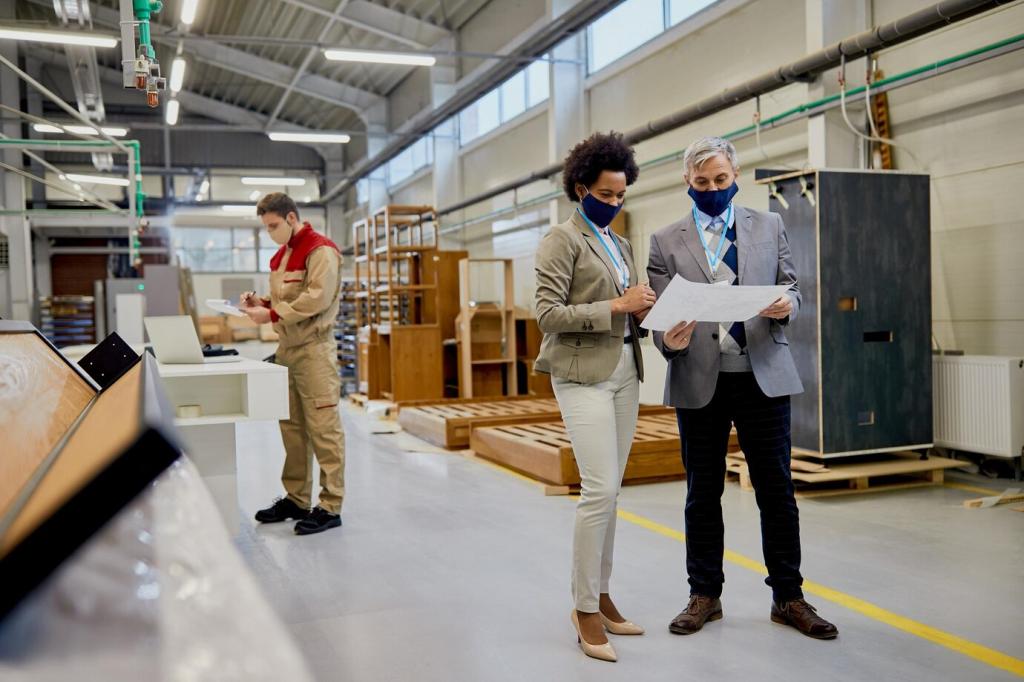Textiles and Upholstery: Plastics, Denim, and Wool Reborn
Recycled polyester yarns, sometimes sourced from ocean-bound bottles, become abrasion-resistant upholstery with impressive colorfastness. Pair with removable covers for easy washing and replacement. Tell us how your recycled fabrics feel after months of use, and what textures you prefer at home.
Textiles and Upholstery: Plastics, Denim, and Wool Reborn
Shredded denim, often called shoddy felt, offers firm, breathable padding with a story worth telling. It reduces landfill waste and performs beautifully under seat cushions. Organize a neighborhood denim drive and share your results, from material weights to long-term comfort impressions.





